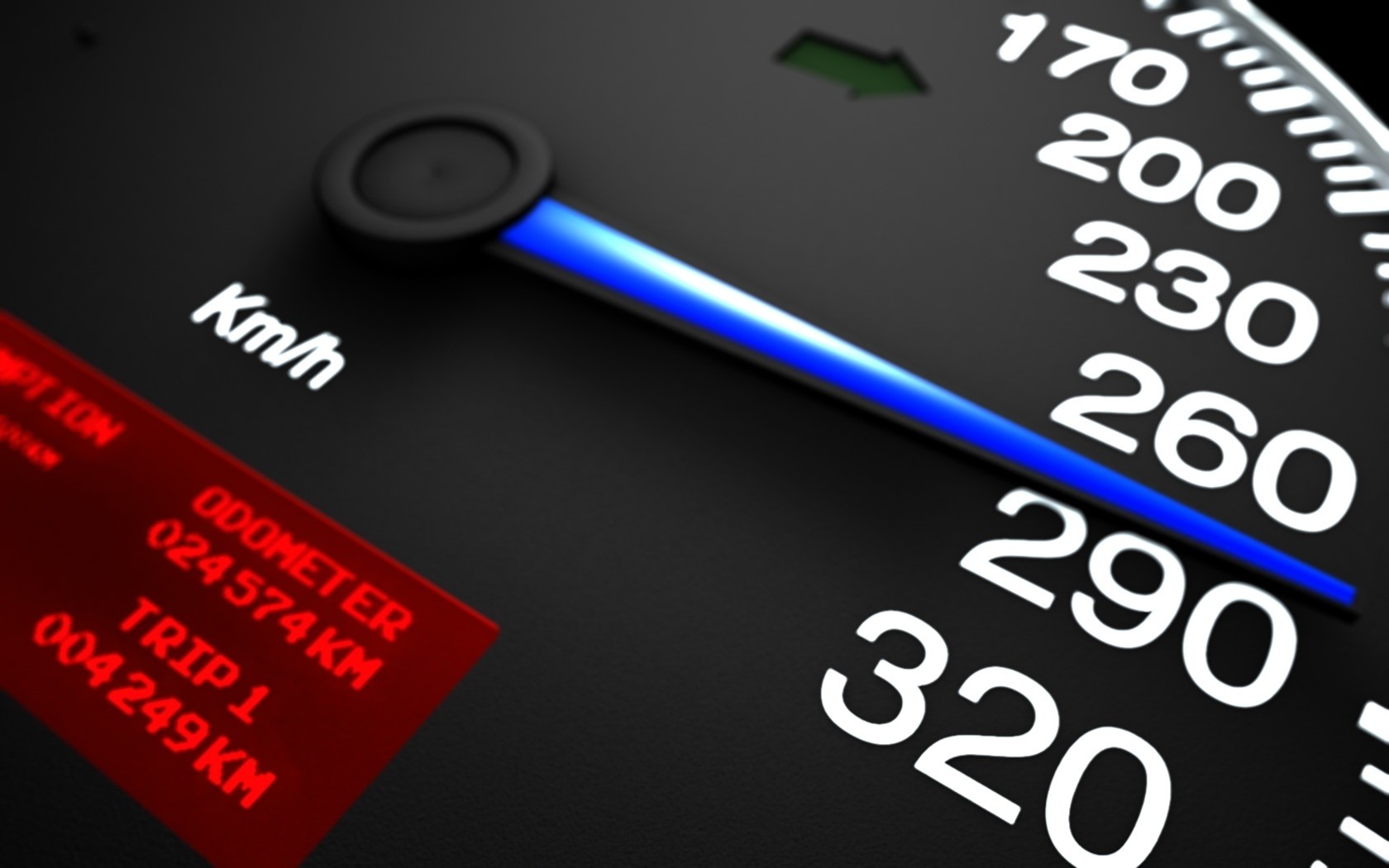The 2018 World Health Organisation (WHO) global status report on road safety lists road traffic accidents as the eighth-leading cause of death with 1.35 million people killed and 50 million injured yearly — or 3,700 deaths daily.
The low- and middle-income countries bear the greatest burden of road carnage, accounting for 90 per cent of the global toll, with an average of 3,000 deaths recorded on Kenyan roads annually.
HIGH RISK
So far this year, the National Transport and Safety Authority (NTSA) had already recorded 3,123 fatalities by November 19, which was 380 higher than the figure for same period last year. Also this year, 5,909 people have been seriously injured, 1,811 more than the same time last year.
At 1,206, pedestrians account for the most casualties on the roads, followed by motorcyclists at 934 fatalities. Pedestrians, cyclists and motorcyclists are the most vulnerable road users with a high risk of severe or fatal injuries.
Pedestrians are often unprotected while motorcyclists have very limited protection.
An increase in speed increases the probability that a pedestrian will be killed if hit by a motor vehicle.
Research has shown that most vulnerable road users survive if hit by a vehicle travelling at 30 kilometres per hour, whereas a majority are killed if hit at 50kph, where the risk of being killed is about 80 per cent.
REACTION TIME
Effective speed management is therefore, key to most intervention strategies. Speed enforcement, if done correctly with a focus on the purpose, will go a long way towards curbing road carnage. Even small reductions in speed have an impact on fatal and serious crash risk.
It is an accepted principle that everyone per cent increase in mean speed produces a four per cent increase in fatal crash risk and a three per cent increase in serious crash risk.
Similarly, higher speeds tend to tamper with the drivers’ peripheral vision, increase the distance needed to come to a halt and decrease the available reaction time.
NTSA data confirm that road crashes do, indeed, take a serious toll on pedestrians. To mitigate pedestrian deaths, motorists and riders should reduce speed. This involves adhering to speed limits appropriate to each environment and ensuring that the set limits are respected.
UNSAFE PRACTICES
Motorists and riders should adhere to the 50kph limit, and even below, in urban centres to encourage walking and non-motorised mobility.
Pedestrians, as well as drivers and riders, should avoid intoxication — the former while walking on the road and the latter while driving or riding. Alcohol is known to undermine the decision making capacity and make reflexes slower.
Pedestrians, just like the drivers and riders, should also avoid distractions related to cell phones and headphones.
Unsafe transit practices are also a major concern.
Matatu operators, in particular, should desist from stopping at undesignated places to drop off or pick up passengers. This forces commuters to weave their way through dense and chaotic traffic, increasing their vulnerability to accidents.
NOT JAYWALK
Finally, pedestrians must not jaywalk on the roads. Also, crossing a roadway at an unsuitable point, in disregard to the traffic rules, is suicidal and an offence. Let us use the available footbridges, zebra crossings and traffic lights efficiently.
Clearly, we can make a big difference and save many pedestrian lives if all stakeholders played their part well in implementing these solutions in a coordinated, effective way.
Always remember, carefulness costs you nothing but carelessness could cost you your life.
SOURCE: nation.co.ke



![Top 20 Used Cars to Avoid Buying in Kenya – [PHOTOS]](../../../blog/wp-content/uploads/2013/11/top-used-unreliable-cars-to-avoid2-80x60.jpg)

![Top 20 Used Cars to Avoid Buying in Kenya – [PHOTOS]](../../../blog/wp-content/uploads/2013/11/top-used-unreliable-cars-to-avoid2-100x70.jpg)



